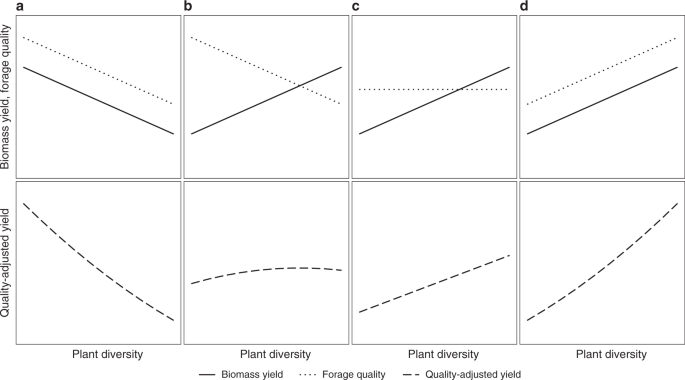- Location
- Owaka, New Zealand
No, I just gave the thistly bits a haircut after the mob had been through, it was all pretty well smooshed down by then (other than the thistles themselves)Have you (or will you) put the mob on what you’ve just mowed, to trample it in, manure it and eat any choice bits?
Most of the difference is purely cosmetic, because they'd maybe eaten 85-90% of the buds off them, but perception and "the look" is semi-important to us as that paddock is the one people see from the street.
Many people out there hear "organic farming" and think "weed nursery" and so I would like to give an appearance of tidyness - without steamrolling my fields to achieve it, or burning a heap of fuel
The little paddock adjacent to it is an absolute mess, so it is a war I won't win.... they have sheep on it nearly all year around, so it is a carpet of spreading thistle.
TBH the areas of thistles in our 10 acre paddock is probably less than the area without thistles in their 10 acres! ?
Because the thistles tend to help conserve the grass around them by dissuading close grazing, there is more litter in those areas anyway, so they're helping in two ways.
Regrazing those areas would therefore be a bit counterproductive, it's still growing relatively fast thanks to the rain we had.








